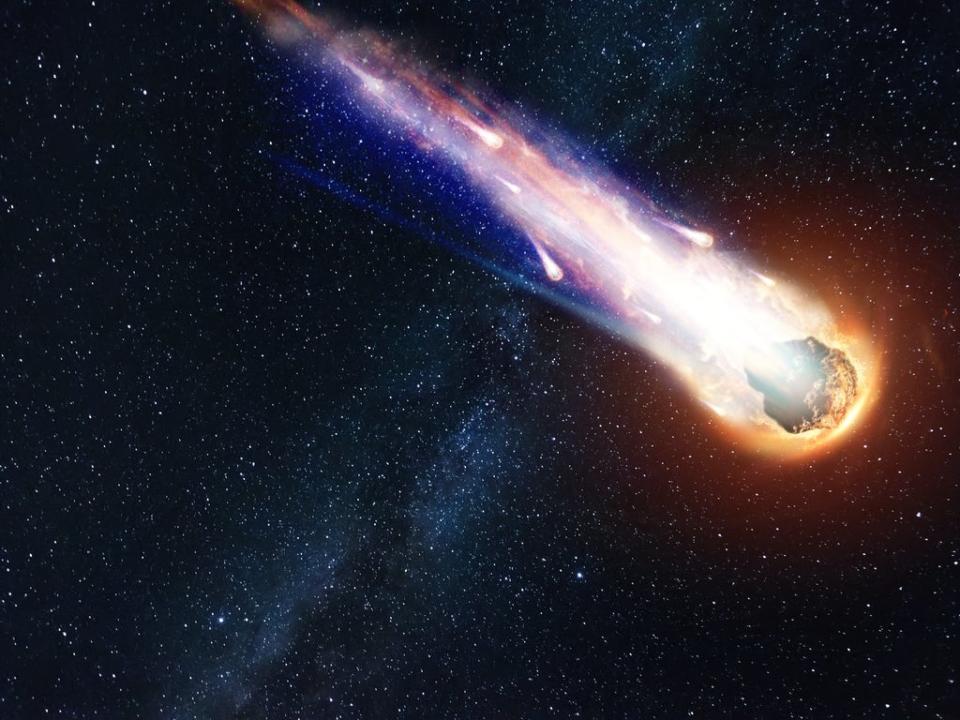Nasa to test Earth’s defences against killer asteroids by slamming spacecraft into a rock

Nasa is to slam a spacecraft into an asteroid in a test of whether it would be able to keep humanity safe from a killer object coming to Earth.
This week, it will launch the mission that will see the spacecraft attempt to redirect in an asteroid – as preparation for a time when such a precaution might be needed.
The double asteroid redirection test (Dart) will test defence technologies for preventing a hazardous asteroid impacting Earth.
It aims to prove that a spacecraft can autonomously navigate to a target asteroid and intentionally collide with it - called a kinetic impact - at roughly four miles per second (six kilometres per second).
The collision will change the speed of the moonlet in its orbit around the main body by a fraction of 1%.
But this will change the orbital period of the moonlet by several minutes - enough to be observed and measured using telescopes on Earth.
Dart’s target is not a threat to Earth, and is the asteroid moonlet Dimorphos (Greek for two forms), which orbits a larger asteroid named Didymos (Greek for twin).
Nasa says this system is a perfect testing ground to see if intentionally crashing a spacecraft into an asteroid is an effective way to change its course, should an Earth-threatening asteroid be discovered in the future.
While no known asteroid larger than 140 metres in size has a significant chance of hitting Earth for the next 100 years, only about 40% of those asteroids have been found as of October 2021.
Dart is scheduled to launch no earlier than 6.20am on November 24 on a SpaceX Falcon 9 rocket from Vandenberg Space Force Base in California, in the US.
Once launched, Dart will deploy roll out solar arrays (Rosa) to provide the solar power needed for its electric propulsion system.
The spacecraft will demonstrate the Nasa evolutionary xenon thruster - commercial (Next-C) solar electric propulsion system as part of its in-space propulsion.
The system is based on the Dawn spacecraft propulsion system, and was developed at Nasa‘s Glenn Research Centre in Cleveland, Ohio, in the US.
By using electric propulsion, Dart could benefit from significant flexibility to the mission timeline.
Additional reporting by Press Association
Read More
NASA wants ideas on how to put nuclear reactor on Moon
Nasa engineer sparks pay debate as she’s forced to take part-time job on the side
NASA warns massive asteroid is headed towards Earth – but there’s no need to panic
NASA boss slams Russia for ‘reckless’ weapons test that saw astronauts shelter
New NASA satellite sends back its first images of a warming planet
New wearable monitors breathing and injects opioid-blocking drug to reverse overdose

 Yahoo Finance
Yahoo Finance 